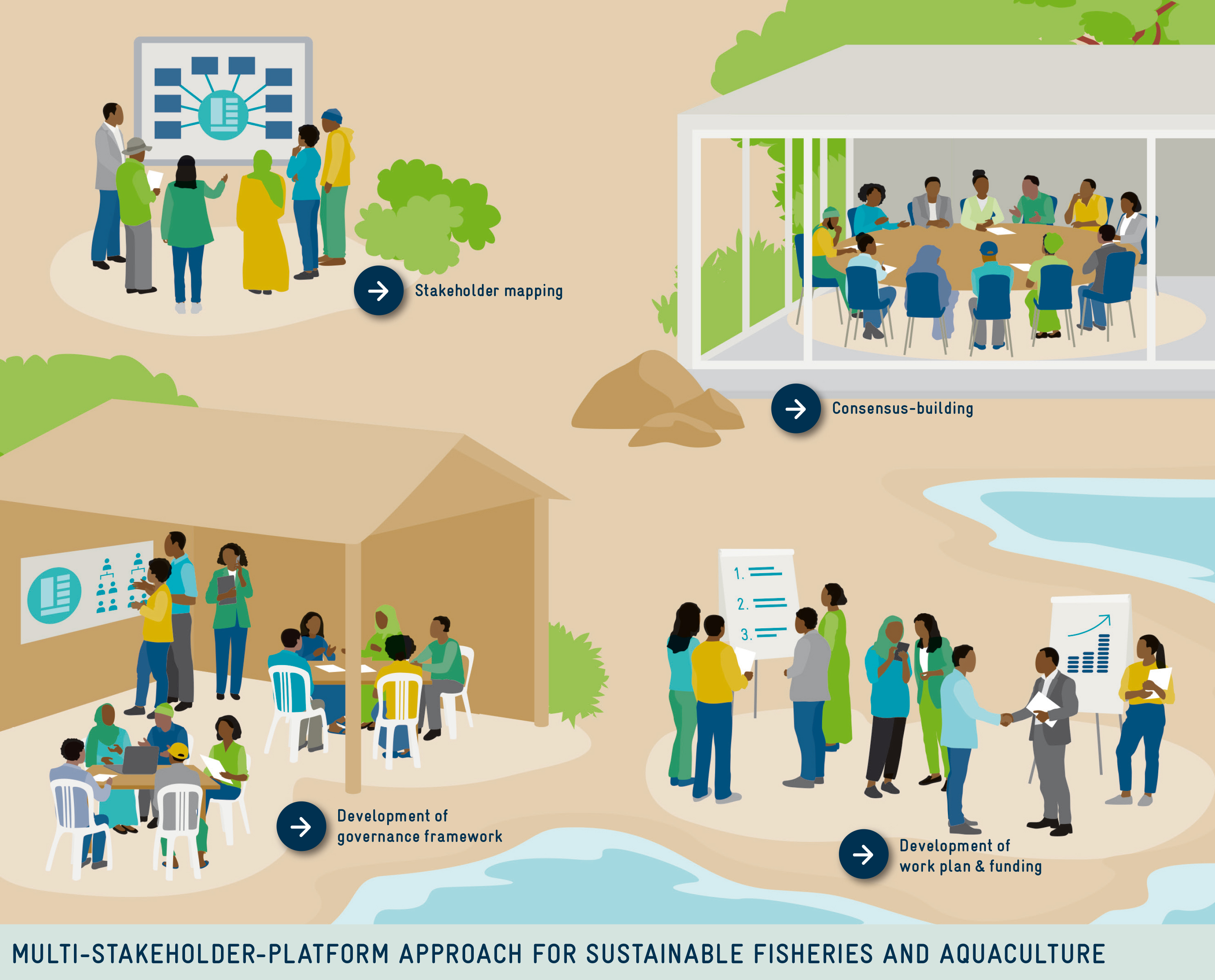Firebreaks are gaps in vegetation or other combustible material that act as barriers to slow or stop the progress of a wildfire. They can be man-made, for example, cleared strips of land. Firebreaks are strategically placed to protect not only valuable forest resources but also homes and other infrastructure. The effectiveness of firebreaks can be supplemented using early warning systems and predictive modeling. Early warning systems utilize technologies like remote sensing and satellite imagery to detect heat anomalies and smoke, while weather monitoring stations provide crucial data on temperature, humidity, and wind conditions. Ground-based sensors further enhance detection by monitoring environmental changes, and effective communication systems ensure timely dissemination of alerts to authorities and the public. Predictive modeling, on the other hand, uses data and algorithms to forecast fire behavior and spread. Fire behavior models simulate fire dynamics based on fuel type, topography, and weather, while machine learning algorithms analyze historical data to predict future fire occurrences. Coupled fire-atmospheric models integrate fire behavior with atmospheric conditions, offering a comprehensive understanding of fire-environment interactions. Risk assessment tools evaluate the potential impact of fires, aiding in resource allocation and protection prioritization. Together, these technologies enhance the ability to prevent, detect, and respond to wildfires, mitigating their impact on communities and ecosystems.
Human and Financial Resources: Effective fire management relies heavily on both human and financial resources. Well-trained personnel are essential, as they need to be knowledgeable in fire behavior, suppression techniques, and safety protocols. Recruitment and retention of skilled firefighters and support staff are crucial, which involves offering competitive salaries, benefits, and career development opportunities. Volunteer programs also play a significant role, and these programs must include proper training, support, and recognition to keep volunteers engaged and motivated. Financial resources are equally important. Adequate funding is necessary for purchasing equipment, maintaining firebreaks, and supporting firefighting operations. Fire departments often seek grants and donations to supplement their budgets, which can be used for specific projects or general operations. Efficient budget management ensures that financial resources are allocated effectively to support various fire management activities.
Monitoring and Warning: Monitoring and warning systems are critical components of fire management. Advanced sensors and detectors, such as smoke, heat, and flame detectors, are essential for early fire detection. Remote sensing technologies, including satellite imagery and drones, provide real-time data on fire locations and behavior, enabling the monitoring of large areas. Automated alert systems can save valuable time by quickly notifying authorities and the public when a fire is detected. Effective communication networks ensure that warnings are disseminated rapidly and accurately to all relevant parties.
Response Capability: Preparedness is key to effective fire response. Regular training and drills ensure that firefighters are ready to respond efficiently to fires. Having the right equipment, such as fire engines, hoses, and protective gear, is crucial for effective response. Coordination between different agencies, such as fire departments, emergency services, and local authorities, enhances response efforts. Structured incident command systems help manage resources and personnel during fire incidents, ensuring a coordinated and efficient response.
Integration with Management: Integrating technology with fire management strategies significantly enhances effectiveness. The use of Industry 4.0 technologies, such as IoT, AI, and cloud computing, provides real-time data and predictive analytics, improving fire management. Building Management Systems (BMS) that integrate fire systems allow for better control and coordination of building safety measures. Strategic planning is also vital, involving the development and implementation of comprehensive fire management plans that cover prevention, preparedness, response, and recovery. Continuous improvement through regular review and updates of fire management strategies, based on lessons learned and new technologies, ensures that fire management remains effective and up-to-date.
Importance of Training and Education: Continuous training and education for community members and support staff are crucial. Well-trained personnel can respond more effectively to fire incidents, reducing the risk of injury and property damage. Skilled and knowledgeable personnel are the backbone of any effective fire management system. Their ability to respond quickly and efficiently can make a significant difference in controlling and extinguishing fires.
Effectiveness of Monitoring and Warning Systems: Early detection and timely warnings are critical in preventing small fires from becoming large, uncontrollable wildfires. Advanced monitoring systems and automated alerts can save lives and property. Early warning systems provide the crucial time needed to respond to fires before they escalate. This can prevent widespread damage and ensure the safety of communities.
Preparedness and Coordination: Preparedness through regular training and having the right equipment is vital. Coordination between different agencies enhances the overall response capability. Why It's Important: Being prepared and having a coordinated response plan ensures that resources are used efficiently and effectively during fire incidents. This collaboration can significantly improve the chances of successfully managing and extinguishing fires.
